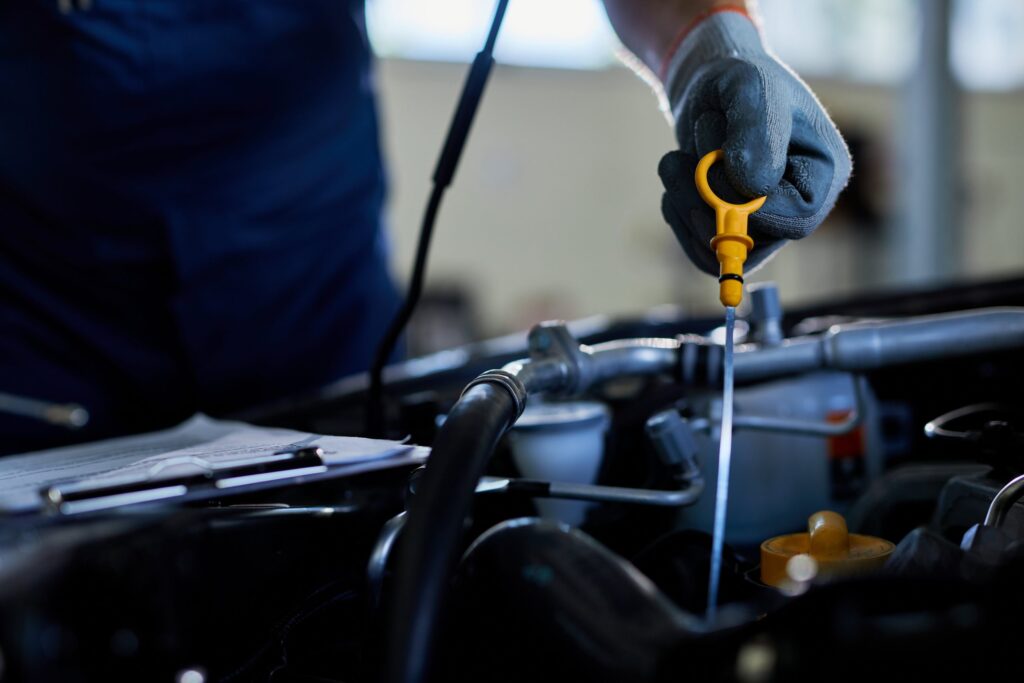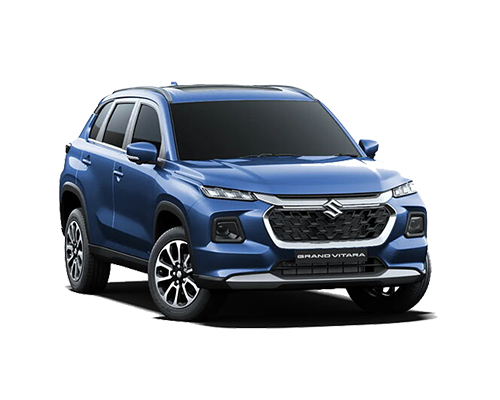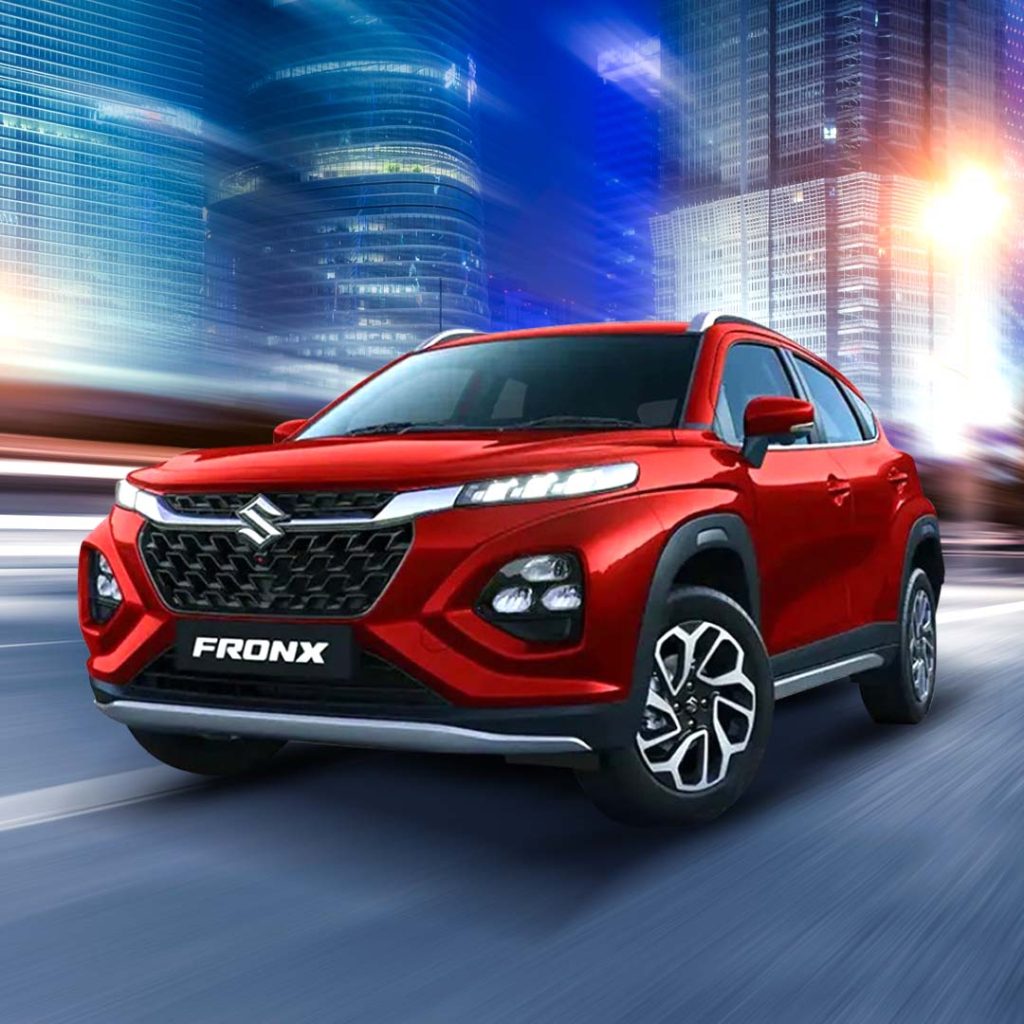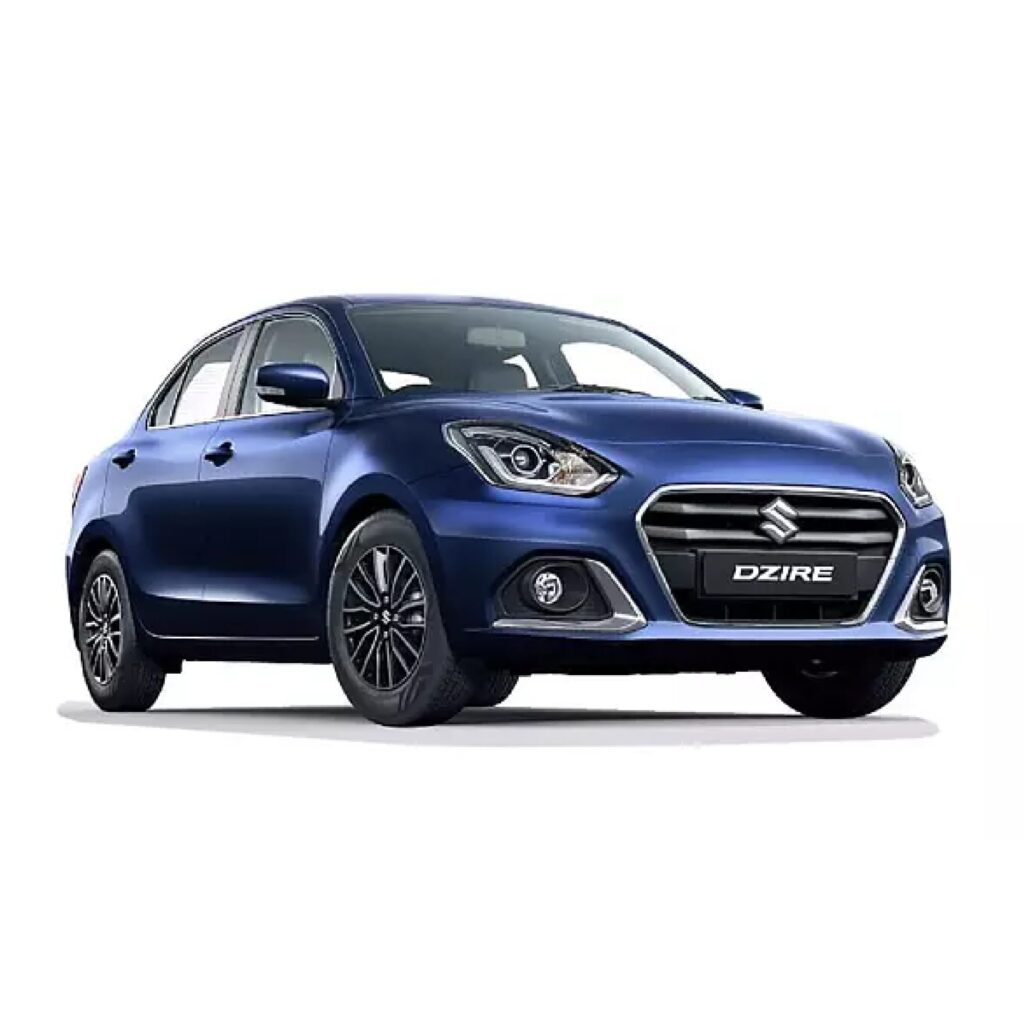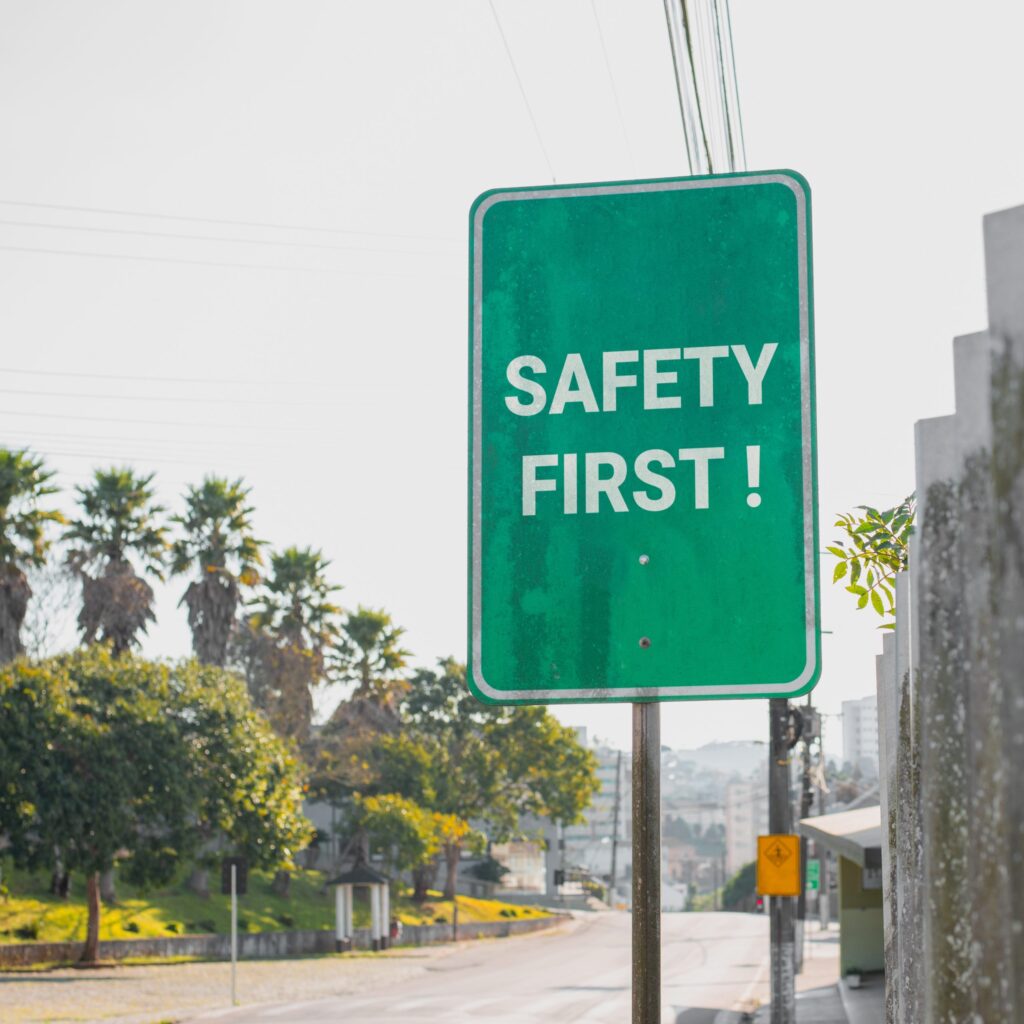How to inspect your engine oil.
Hey there! Did you know that even after all the advancements in the development of internal combustion engines, one thing remains the same? Cars still need their engine oil. And, whether you have a car, SUV, truck, or minivan with a petrol or diesel engine, it’s super important to make sure the engine always has enough oil. Most newer gasoline or diesel-powered cars have oil level indicators and won’t use much oil between their required oil-and-filter changes, but some might, especially as they get older. It’s important to keep an eye on your engine oil level. It’s not a one-time thing – the oil level can drop over time due to reasons like leakage, burning, or low oil pressure. Even if you’re diligent about getting regular oil changes, it’s easy to forget to check the oil level. If the oil gets too low, it can lead to serious engine problems. So, it’s really in your car’s best interest to check the oil level regularly. Checking the oil level is actually pretty simple and you can do it yourself without needing a professional. Here are some easy steps to help you check your car’s oil level. Step 1: From the level ground Before checking your oil, it’s a good idea to find a nice, level spot for your car. Don’t forget to put it in “park” and engage the parking brake! If you have a manual transmission, just pop it into first gear. To open the hood, look for the hood-release lever under the dashboard on the right side. You’ll also need to release a little safety catch under the front edge of the hood before lifting it up. If you’re ever unsure about any step, your vehicle’s owner’s manual is a great resource to help you out. Step 2: Locate the Dipstick The dipstick is a handy tool that helps you check if your oil level is just right or if it’s time to add a little more. It’s a metal rod with a coloured l handle—often bright yellow—and has a little oil-can symbol on it. You’ll find it in a tube that goes down into your car’s crankcase, where all the engine oil is kept. Checking it is a quick and easy way to keep your car running smoothly. Step 3: Pull and Clean the Dipstick To check your oil level, start by gently pulling the dipstick all the way out of its tube. Grab a clean rag or paper towel to wipe away any oil on the dipstick. Once it’s nice and clean, take a look at the tip. You’ll notice two lines: the lower line means you’re about one quart low, while the upper line indicates that your oil is at a full level. On some dipsticks, the upper mark might say “safe,” and the lower one will say “add.” Easy peasy! Step 4: Take a Reading To check your oil, gently insert the clean dipstick all the way into the tube, just like sheathing a sword. Make sure it’s pushed down fully! When you pull it out, take a look at the tip; you should see some oil on it. If the oil level is at the low mark or below, it’s time to add some oil. If there’s no oil on the dipstick at all, your vehicle engine oil level is quite low, so go ahead and add a litre of oil right away. Step 5: Wait and Re-check If you’ve just added a litre of oil, take a few minutes to let it settle before checking the oil level again. This gives the oil a chance to flow down to the crankcase, and collect at the bottom of the engine. Keep in mind that your oil level doesn’t have to be precisely at the upper mark for your engine to run safely. As long as it’s between the lower and upper hash marks, you’re good to go! If you’re in that safe zone, it’s time to hit the road!

